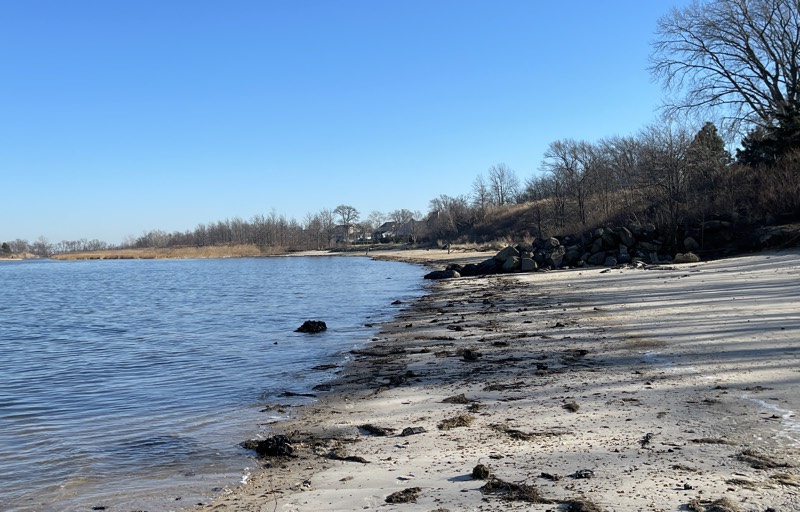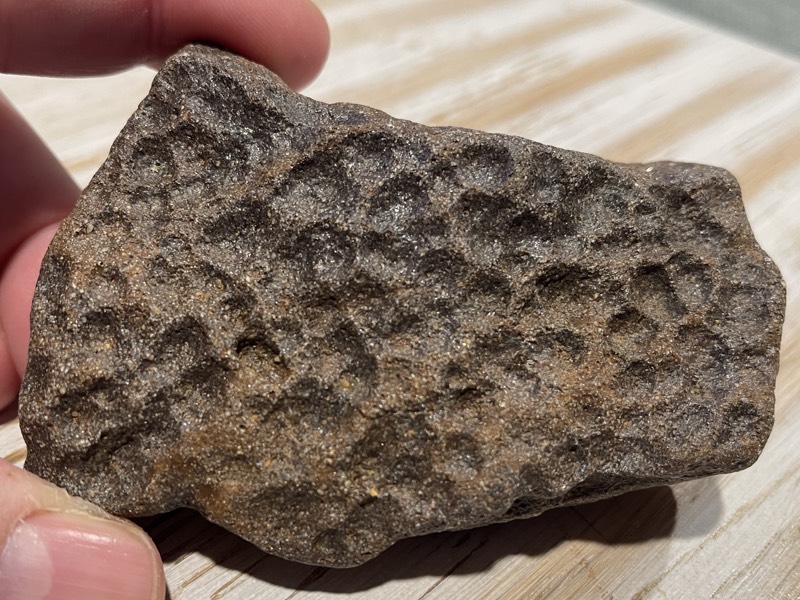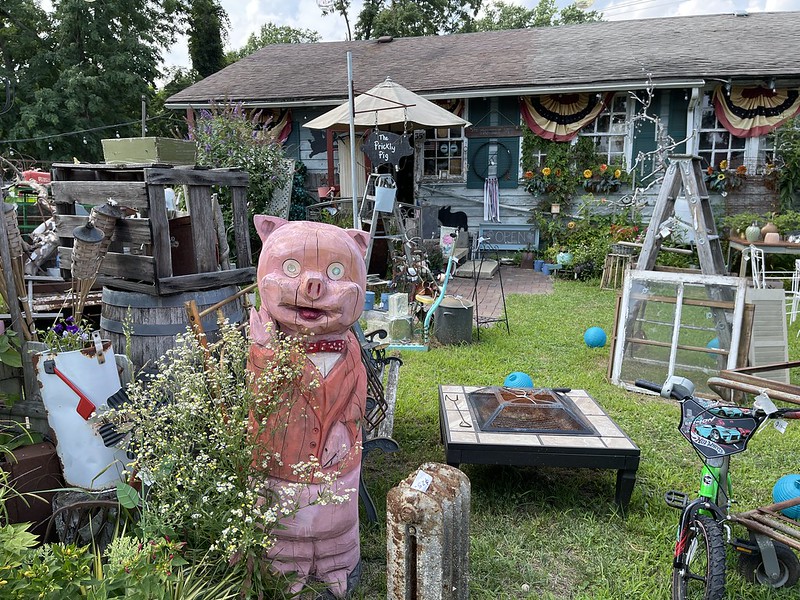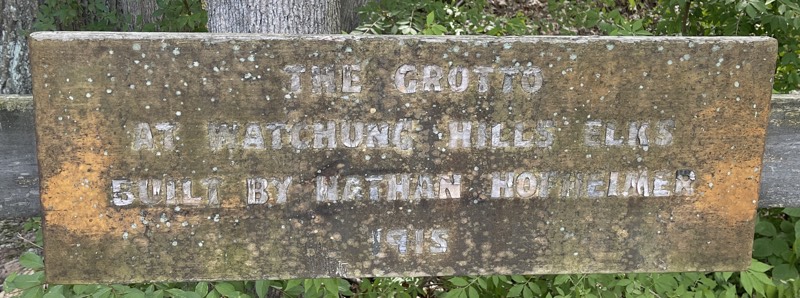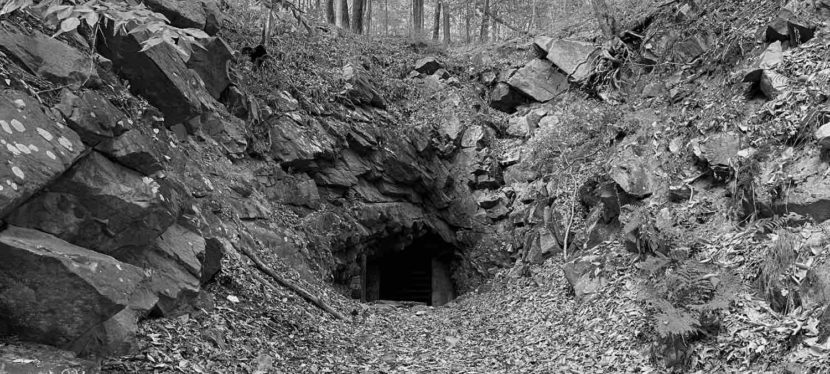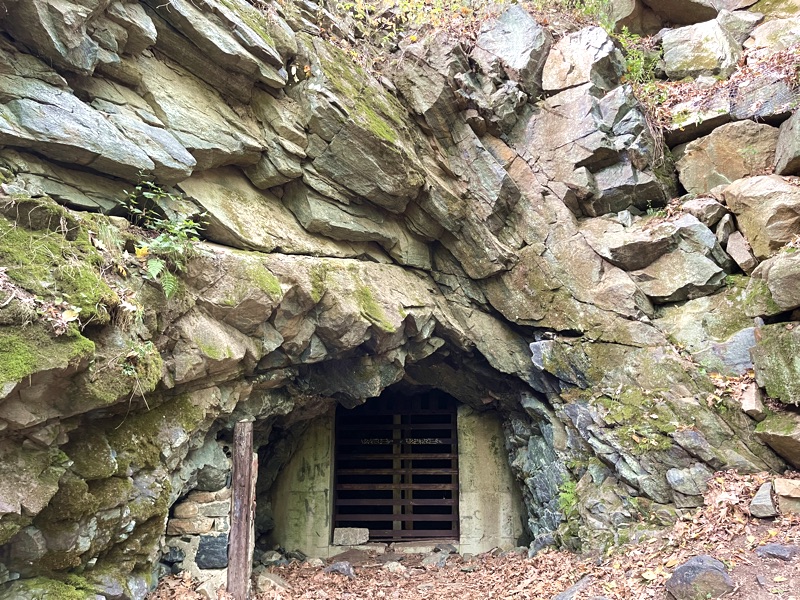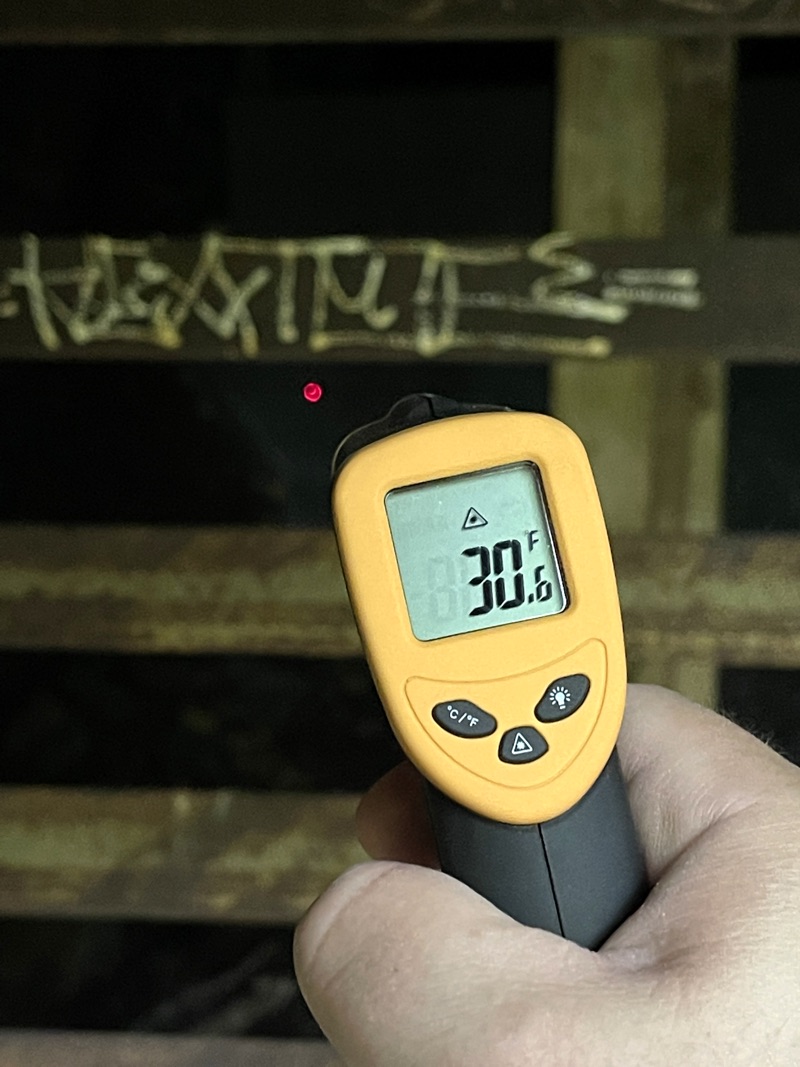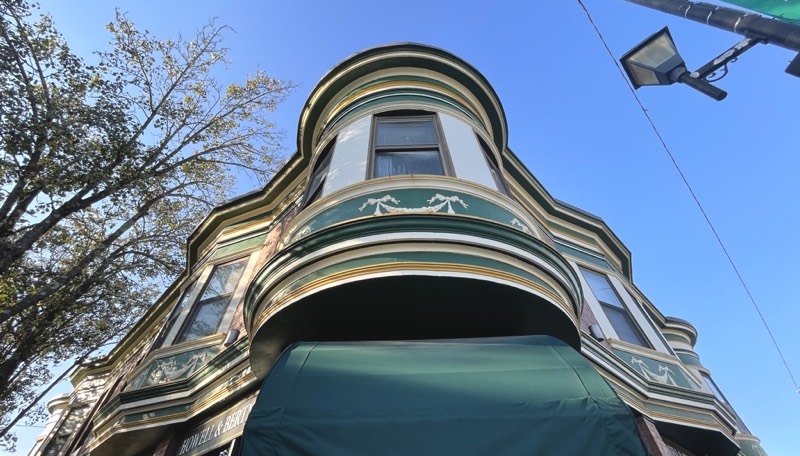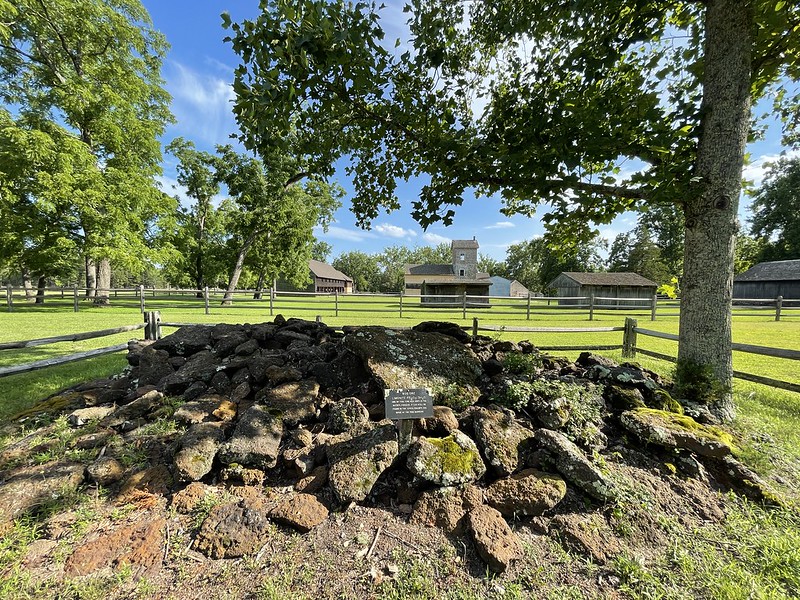Jamesburg Park Conservation Area is a rectangular park in Helmetta, East Brunswick, and Spotswood, New Jersey. The part in Helmetta is well-manicured, and family-friendly, with a lake to kayak & a playground for kids. The part in East Brunswick is the gritty, sandy, muddy, get-ready-to-dodge ATVs in the woods part. That’s the part I like. Interestingly, the park is part of a disjunct region of the New Jersey Pine Barrens, specifically called the Spotswood Disjunct Pine Barrens area. Disjunct means it’s geographically disconnected from the rest of the Pine Barrens. Middlesex county, home of East Brunswick, is New Jersey’s second-most populous county — so it is surprising to imagine any forest that has not been raised and replaced with tracts of beige condominiums & McMansions, let alone something exciting as sandy-soiled pine country.

People familiar with the better-known Pine Barrens in south Jersey will recognize many of the same plans and animals in Jamesburg park. Fowler’s Toads, wild blueberry-like plants, wintergreen, oaks, ticks, and of course Pitch Pines.

The geology is also similar: sandy soil, pure sand in some places, quartz pebbles, and plenty of bog iron/limonite.

The roads in the area have so many pot-holes, it’s like gray Swiss cheese, or maybe the Moon. Single-lane Locust Ave (East Brunswick) has a spacious rock parking lot near a trailhead. Here’s a map of the trails. I parked there and entered the most challenging part of the hike — the Red trail — a sloping trail festooned with ankle-rolling stones, and toe-busting roots. No obvious pines at this point — mostly deciduous trees. The Red trail transitions to the Yellow trail, with leads to the White trail. Once on the White Trail, known as the Pitch Pine Loop, it’s clear you’re in the Pine Barrens. The ground becomes golden-white sand, and oak and pine trees are abundant, as are the blueberry-like berries, striped wintergreen, and plentiful mushrooms found in Pine Barrens of Burlington County. In spots the soil transitions from sandy to red/brown soil, quartz and bog iron are abundant, but mica schist and sandstone can also be found in places. The overall hike reminds me of Hartshorne Woods as much as the Pine Barrens. Hartshorne contains 4 major geologic formations (Shrewsbury Member of the Red Bank Formation, Hornerstown Formation, Vincentown Formation, and the sandy, gravely, iron-formation-rich Cohansey Formation shared by the southern Pine Barrens). Jamesburg Park features just one (the sandy Magothy Formation), but it transitions through a few soil types, and Magothy isn’t known for the abundant iron I see in Jamesburg. I wonder if more than one formation is exposed in the area.
A word of caution about the park: there are a lot of ATV and dirt bike riders on the trails. Listen for their motors and get ready to hop off the trail when they approach. If you have a hearing disability, come with a friend who can listen to their engines.
High-tension wires border the park on the southwest side. Also a favorite area for ATVs.

On the north-east side of the park there’s some kind of foundation, covered with graffiti eyes:

Pretty but parasitic plants living off trees in low-nutrition soils:





